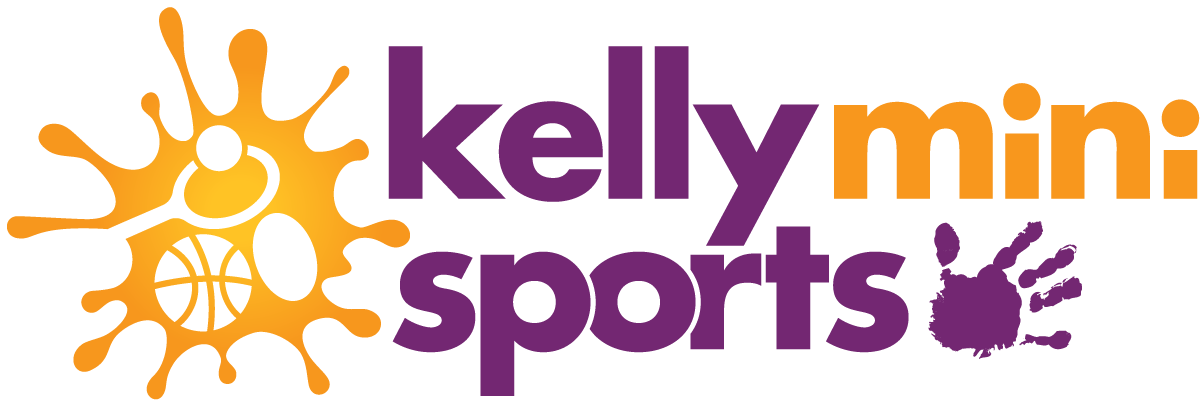How Movement Supports Healthy Child Development
In a world where screens are everywhere and sedentary lifestyles are becoming the norm, encouraging young children to be active is more crucial than ever. Exercise isn’t just something to tick off a to-do list—it’s a cornerstone of healthy childhood development, with benefits that stretch far beyond the playground. From the early years, physical activity plays a vital role in helping children grow strong, confident, and resilient.
Movement builds muscle strength, improves bone density, and enhances coordination and balance. Activities as simple as skipping, climbing, or playing tag help refine gross motor skills, while finer movements like catching a ball or dancing to music help hone coordination and spatial awareness. But physical benefits are just the beginning.
Exercise has a profound impact on mental and emotional well-being. Regular movement stimulates the release of endorphins—those feel-good hormones that boost mood, reduce anxiety, and help children feel more relaxed and happy. Active kids tend to sleep better too, which supports brain development and emotional regulation. Exercise is also a powerful tool for social development. Team sports and group activities teach essential life skills such as communication, cooperation, patience, and fair play.
Children learn how to win and lose gracefully, how to encourage others, and how to work towards a common goal—lessons that serve them well beyond the sports field. On top of that, studies show that active children are better able to concentrate and perform in school. Physical activity helps sharpen focus, enhance memory, and boost problem-solving abilities. Simply put, moving the body fuels the mind.

Encouraging exercise doesn’t mean children need a gym membership or structured fitness routine. The best forms of activity are fun and engaging—riding a bike, building an obstacle course in the garden, dancing around the lounge, or attending a local sports session.
The key is consistency and variety, allowing kids to explore different types of movement and find what they enjoy most. By instilling healthy habits early on, we’re setting our children up for a lifetime of wellness. A love for movement in childhood often leads to an active, balanced lifestyle in adulthood. So let’s make time for play, adventure, and movement every day. After all, a moving child is a thriving child.











